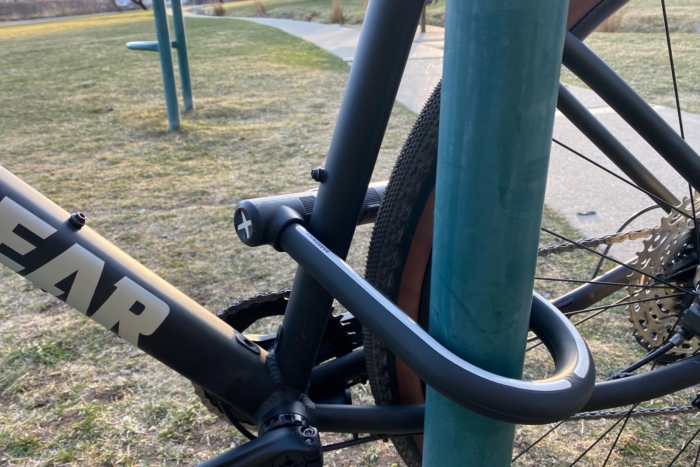I received the “Team XTR” version of the Pivot LES SL. And befitting the fanfare and race bike status, the rig weighed a scant 20 pounds as shipped, without pedals.
I tested it for the entire summer and fall. It endured dusty, hardpacked, uber-tight circuits and limestone-ridden and hilly singletrack around Austin, Texas. I also enjoyed a short stint on it across various types of trails in Bentonville, Ark.
In short: The Pivot LES SL is indeed a hardtail race bike — incredibly light, responsive, and efficient. But it also possesses compliance, handling traits, and component performance that make it almost perfect. But it’s pricey.

- Verified weight: 20 lbs. (tubeless, no pedals)
- Drivetrain: Shimano XTR
- Fork: FOX Factory Stepcast 32 29" with remote, 44 mm offset, FIT4 – 100 mm
- Wheels: 29" Reynolds Blacklabel 309/289 XC with Industry Nine Hydra hub
- Brakes: Shimano XTR M9100 2-piston
- Colors available: Black Sunset, Blue Ribbon
- Crank: Race Face Next SL 34t
- Seat: Post Phoenix Team Carbon
- Handlebar: Phoenix Team Flat Carbon – 760 mm
- Stem: Phoenix Team XC/Trail
- Saddle: Phoenix WTB Team Volt (narrow width)
- Tires: Maxxis Rekon Race 2.4″ TR, EXO, 120 TPI
- Headset: Pivot Precision Sealed Integrated Cartridge
- Grips: Phoenix Factory Lock-On
Oh, That Frame
Geometry

Pivot LES SL Ride Review

Handling

Component Function

Pivot LES SL Conclusions












